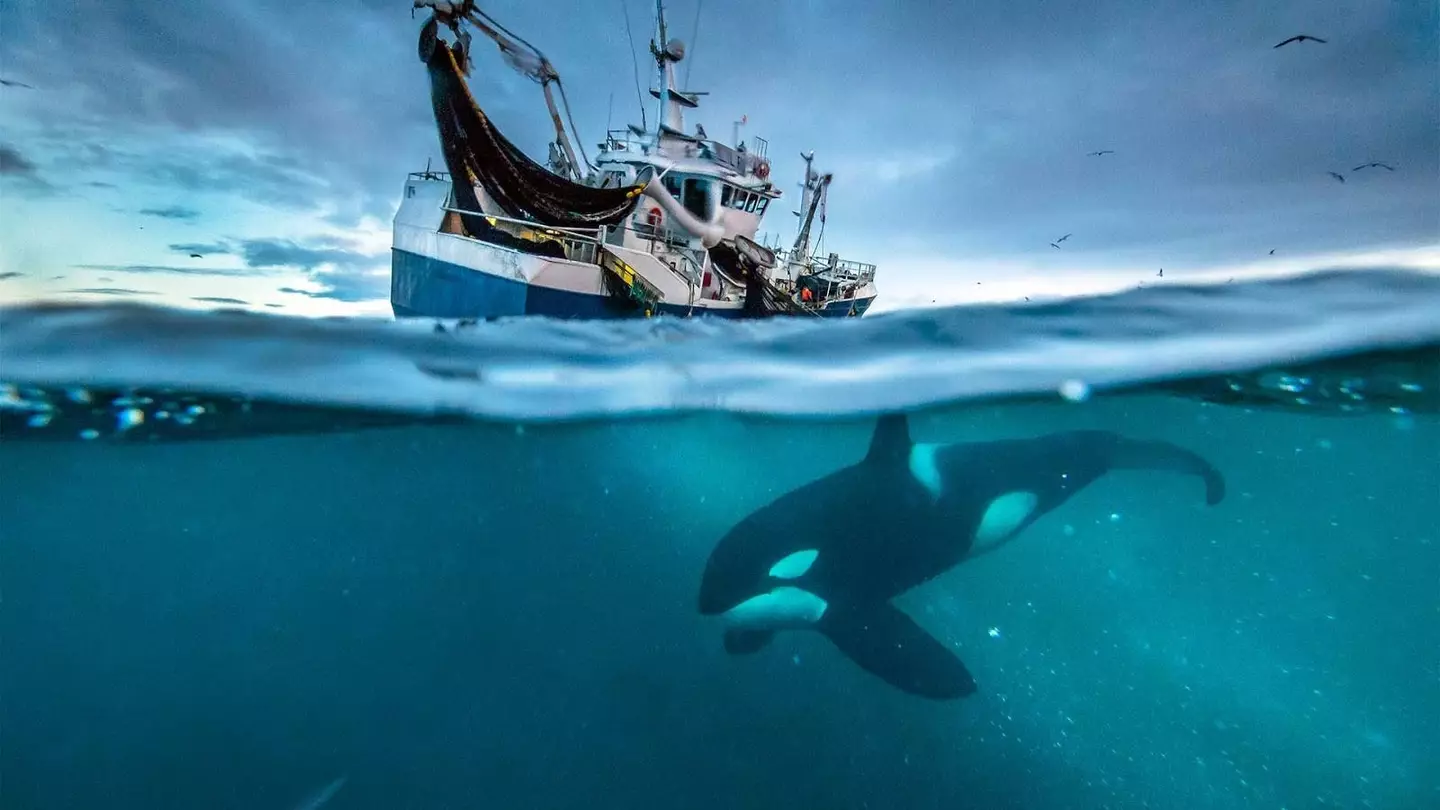
It's no secret that planet Earth has evolved a lot over the years, and while it'll change even more over the millennia (if it lasts that long), the massive landmass of Pangaea was once plonked in a massive ocean.
The thing is, it wasn't quite the Blue Planet we're led to believe.
Scientists have now made a startling discovery, figuring out that the oceans that make up 71% of the planet weren't always the brilliant blue we typically think of.
It's a baffling fact that we've supposedly explored more of space than our own oceans, with massive corners of the deep blue sea still left unexplored.
Advert
According to experts at Japan's Nagoya University in Japan, the Earth was once covered in green oceans.
The research was published in Nature Ecology and Evolution, focusing on cyanobacteria.
Cyanobacteria are a type of bacteria that started the process of oxygenic photosynthesis some 2.4 billion years ago.
By using sunlight to produce oxygen, the bacteria were involved in the Great Oxidation Event that allowed life that used oxygen to survive to develop.
Advert

In plants, chlorophyll is used in this process, absorbing blue and red light while reflecting green light.
Cyanobacteria also contain phycobilin pigments that absorb red and green light via light-harvesting systems known as phycobilisomes.
Researcher Taro Matsuo and his colleagues wanted to understand why cyanobacteria use these pigments and what we can learn about the time when photosynthesising organisms evolved.
Advert
Back in the Archaean Eon that stretched from 4 billion to 2.5 billion years ago, our ocean was full of iron hydroxide.
According to Matsuo. “Iron hydroxide absorbs the blue light, while water absorbs the red light, meaning that the leftover light would have created a green light window."
Using simulations to estimate the concentrations of iron hydroxide and other chemicals in the ocean way back when, the team determined the spectrum of light that photosynthetic organisms were exposed to. This led to them ruling that it closely matched the spectrum that phycobilin pigments would absorb.
Matsuo's team also experimented on which cyanobacteria were grown in specific light environments. When replicating the conditions of the Archaean Eon, they noted that cyanobacteria with a phycoerythrobilin pigment grew a lot quicker than cyanobacteria without the pigment.
Advert
This suggests it would've been favoured by natural selection.
Running tests around Japan's Satsunan-Iwo Island, they looked at thermal vents that result in iron-rich waters that have a similar green spectrum at a depth of around 5.5 metres.

Earth looks blue from space because of the Rayleigh scattering phenomenon that describes how light waves are scattered by particles in the atmosphere that tend to be smaller than the wavelength of light.
Advert
Matsuo continues: "If we assume an atmosphere similar to today’s, the green hue reflected by the ocean would have mixed with the blue from Rayleigh scattering, likely creating a more bluish-green colour rather than the blue we see today.
"Another important consideration is that the oceans may have covered a larger portion of Earth’s surface compared to the present day, making the ocean’s colour an even more dominant factor."
Apparently, the oceans could soon be green again, with a 2019 study from the Massachusetts Institute of Technology claiming that by the end of 2099, half of the world's oceans will be green due to global warming and a rise in phytoplankton populations. A follow-up study in 2023 stated that 56% of our oceans have been greened in the past 20 years.